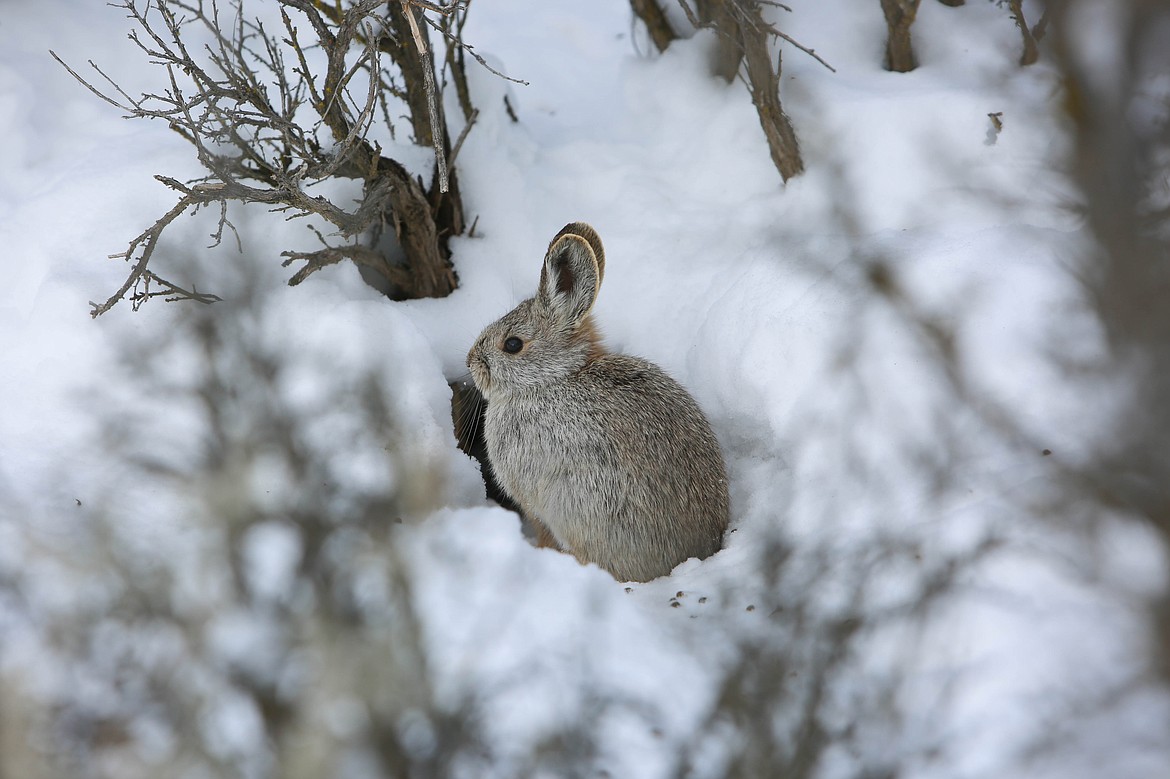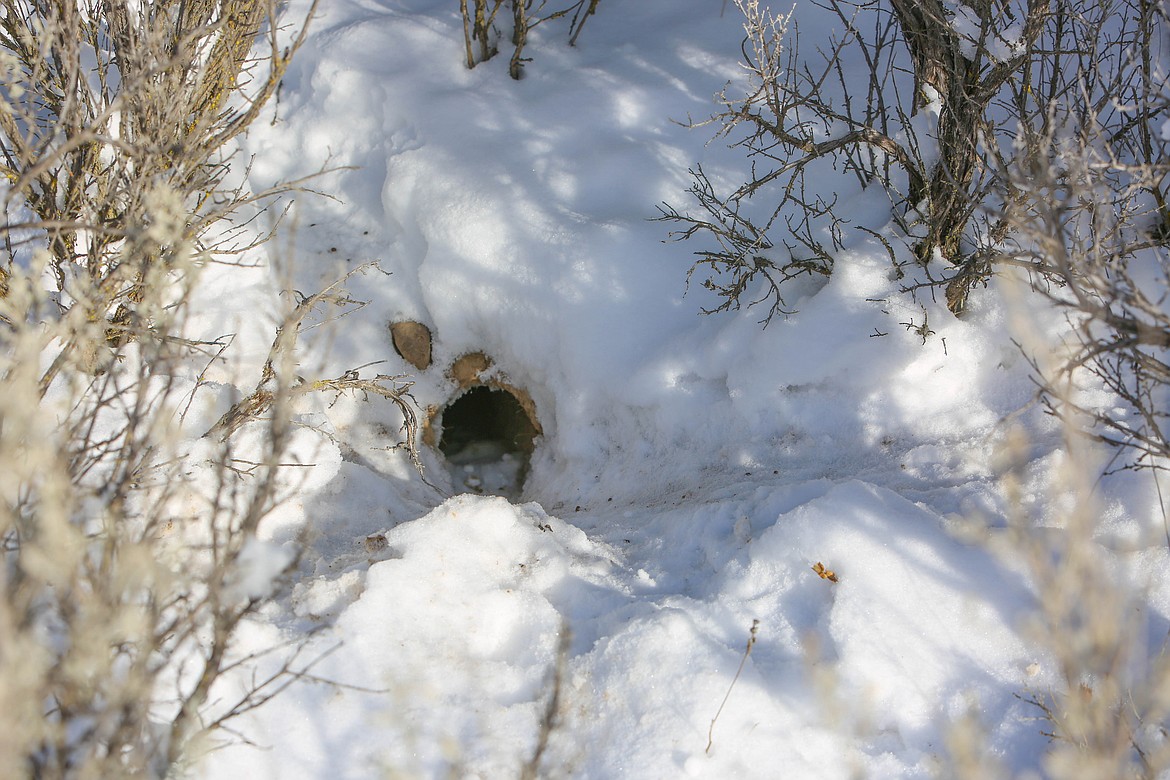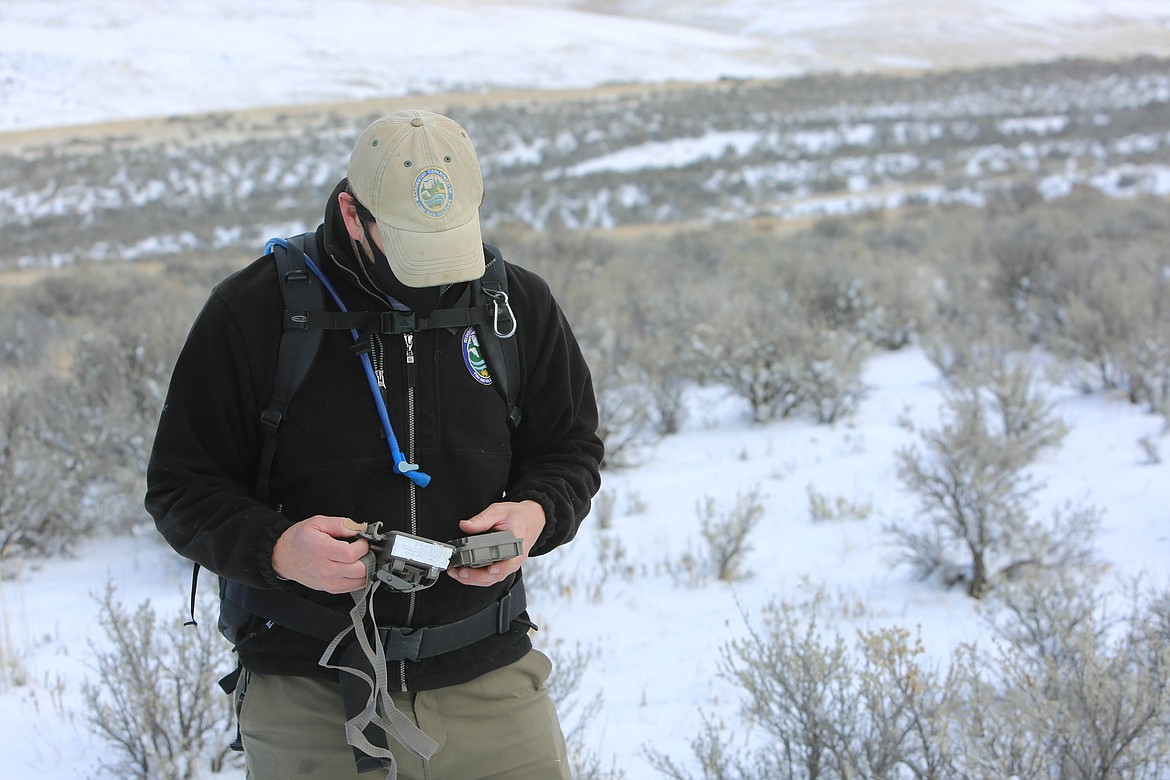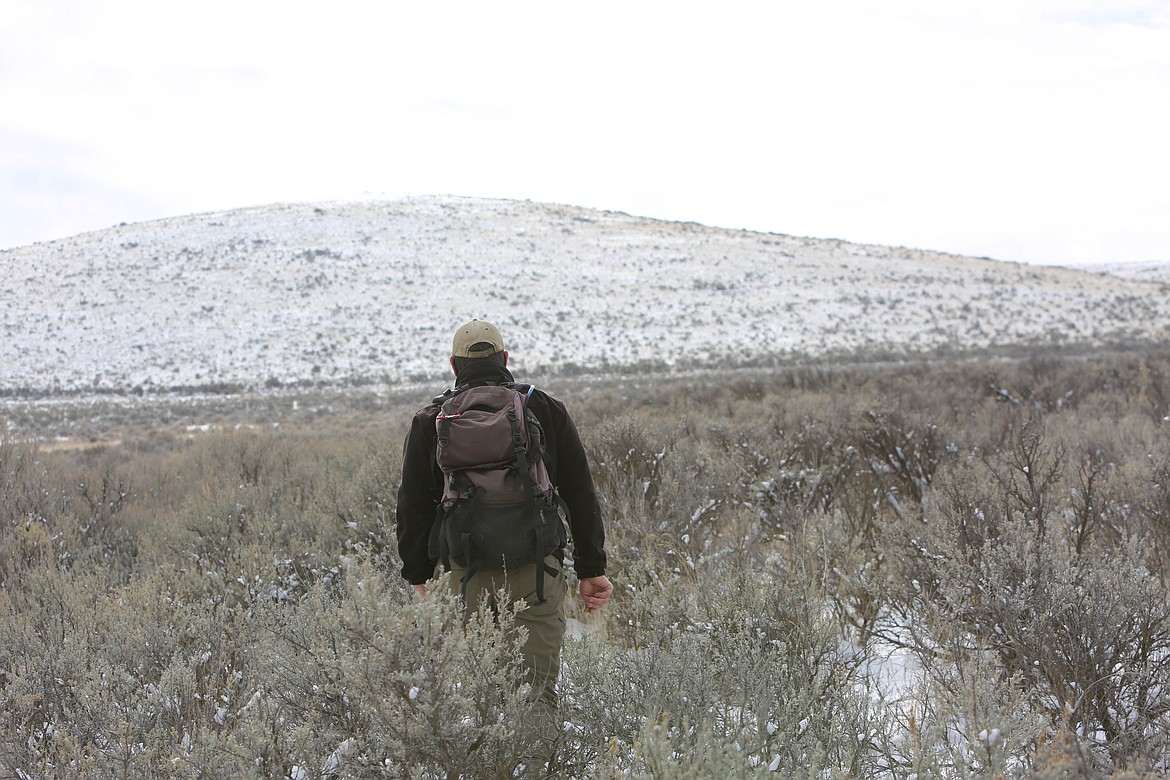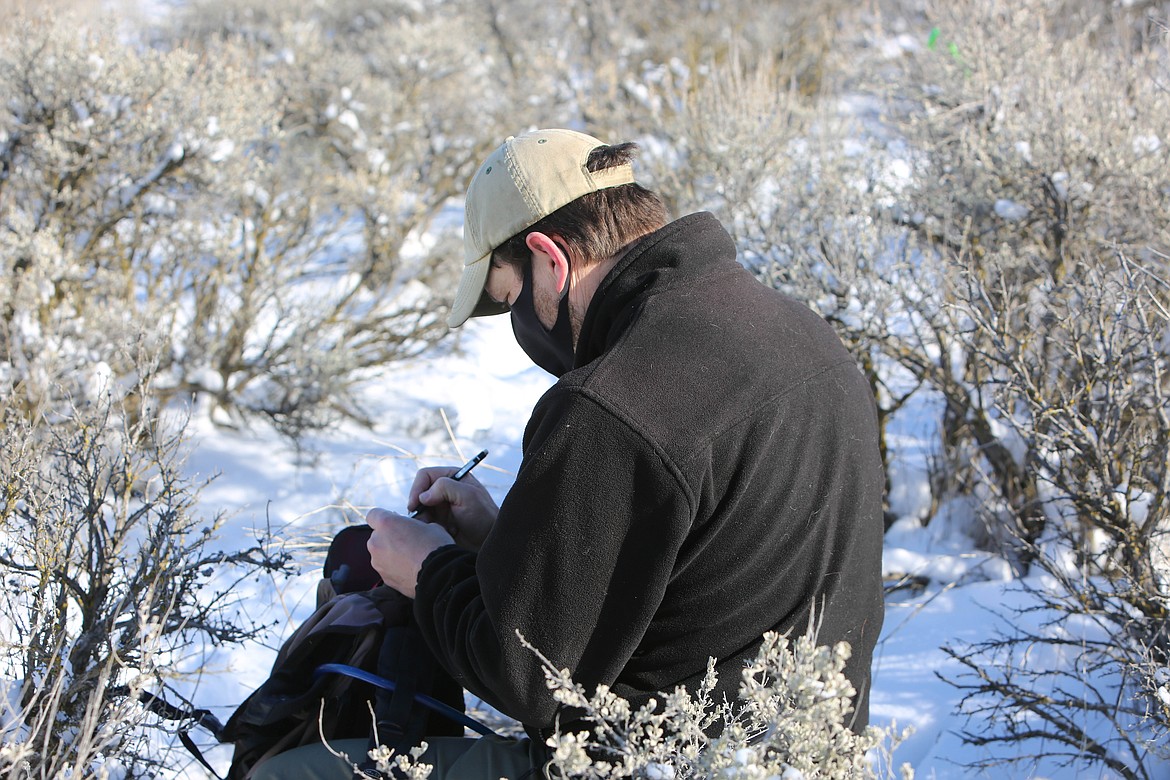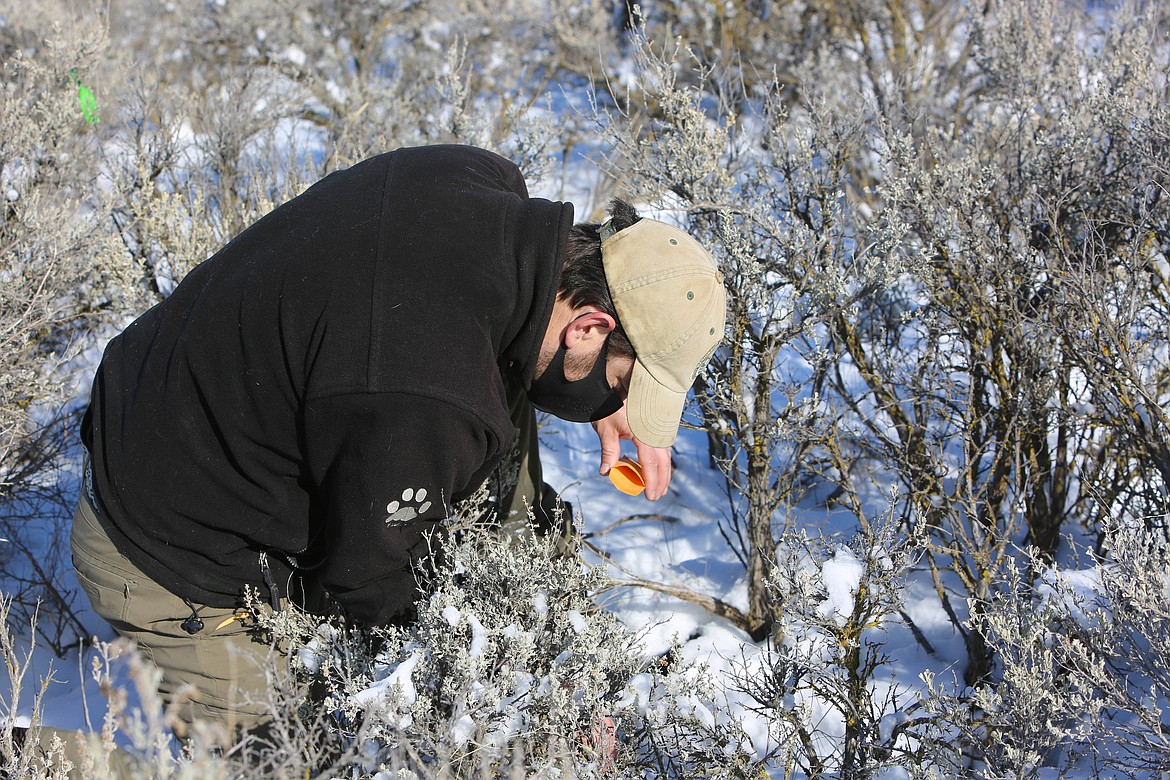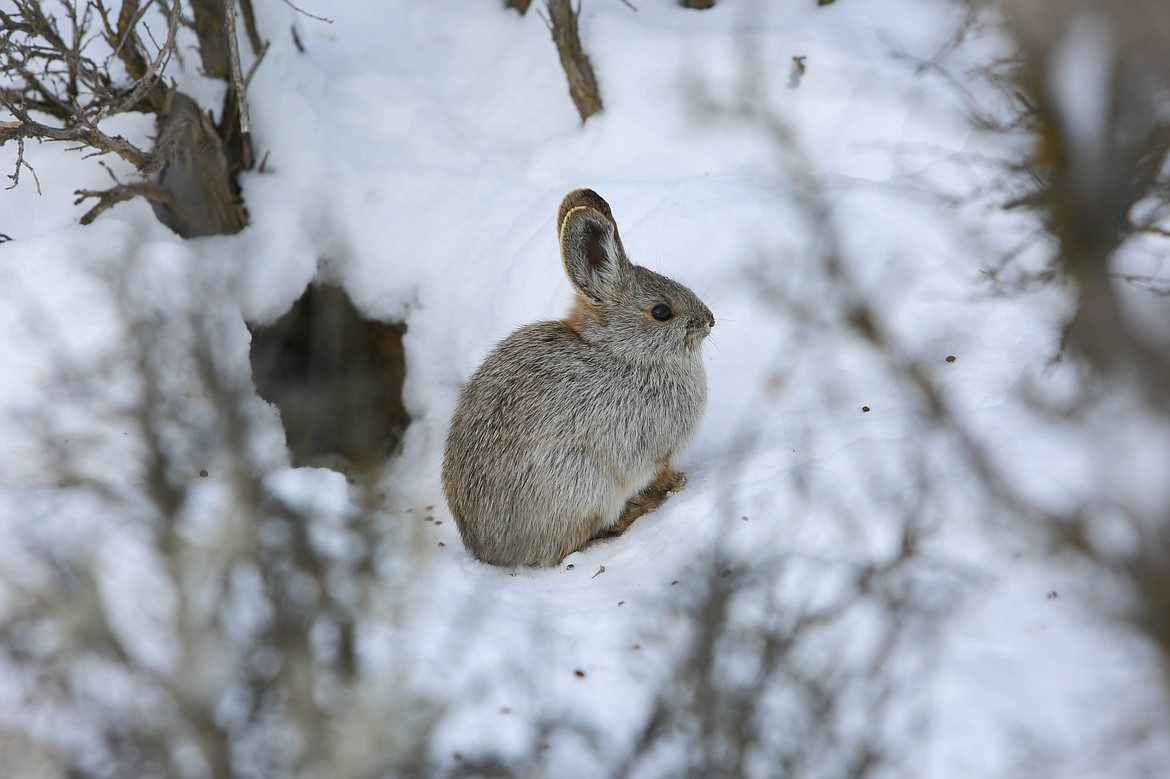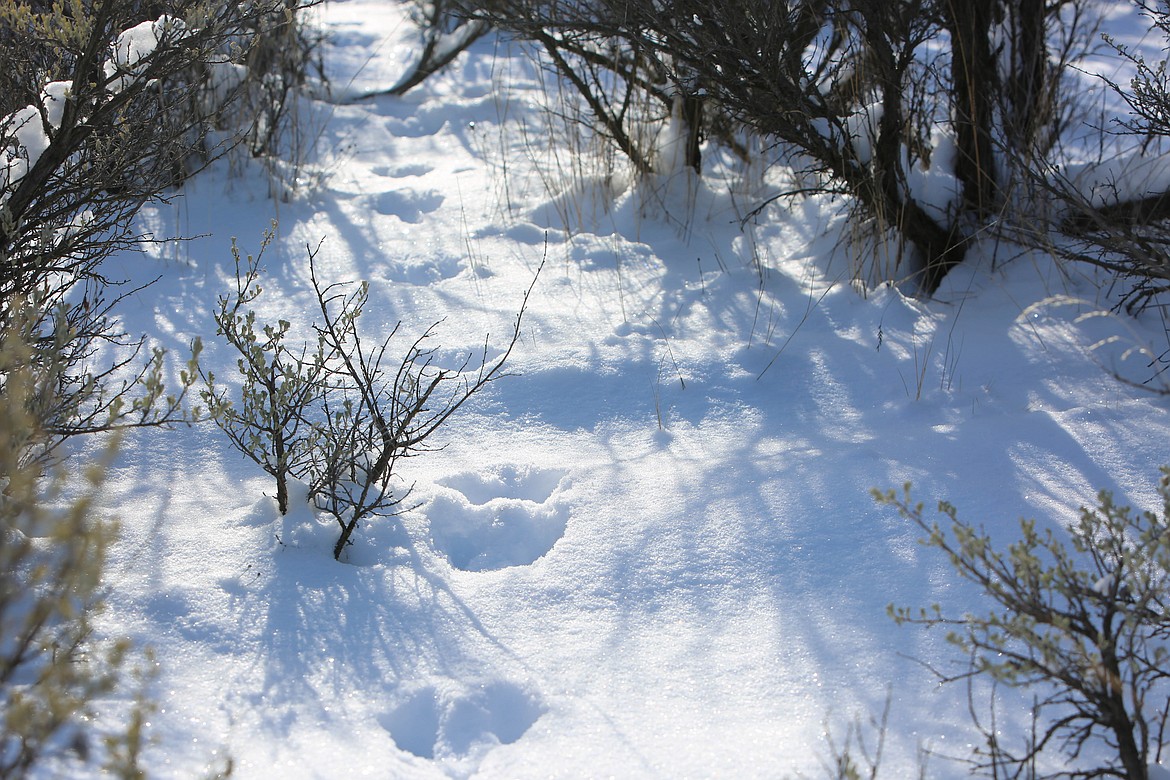Roller coaster to recovery: Local pygmy rabbit effort shows alarming numbers
GRANT COUNTY — Cutting through backroads of the Beezley Hills Preserve in February, about five miles north of Quincy, visitors might have to stop for a herd of 50 deer to cross.
Become a Subscriber!
You have read all of your free articles this month. Select a plan below to start your subscription today.
Already a subscriber? Login

